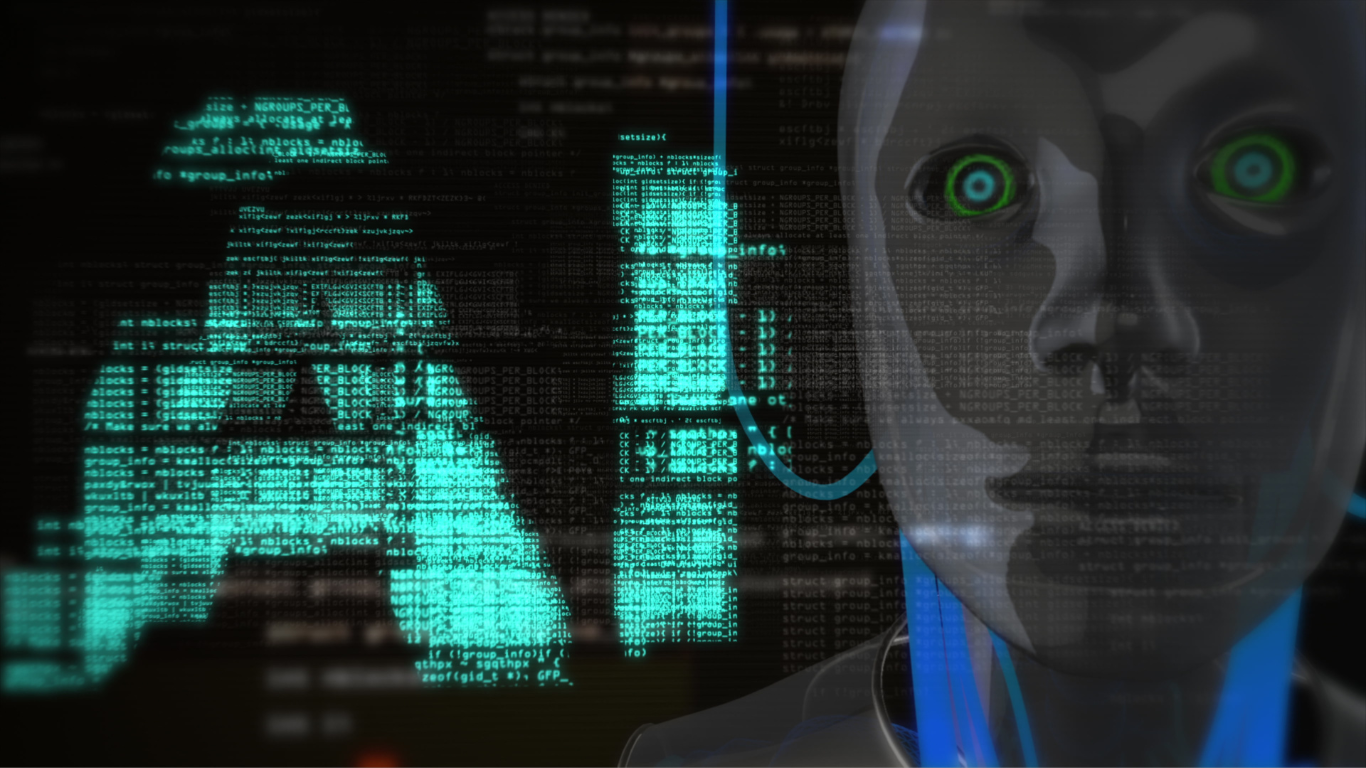Education is an essential element in every individual’s life. It plays an important role in intellectual, social, and emotional development. For many years, teachers, parents, and educators have sought new ways to improve education and make it more accessible and effective for all learners. Today, with the advent of artificial intelligence and chatbots, new opportunities are emerging to transform education radically.
ChatGPT is an example of this emerging technology. It is a state-of-the-art language model developed by OpenAI, designed to understand and generate natural language. It uses a variety of machine learning techniques to understand users’ intentions and respond contextually and accurately to their requests.
As an educational tool, ChatGPT can be used to help students learn in a more interactive and personalized way. It can answer students’ questions in real-time and provide them with additional information on a given topic. Additionally, ChatGPT can also be programmed to provide quizzes and assessments to help students test their understanding and learning.
Another area where ChatGPT could have a positive impact is foreign language learning. Using natural language processing techniques, ChatGPT can help students improve their pronunciation and understanding of the language. By providing conversation exercises and providing real-time feedback, ChatGPT can help learners acquire new language skills more quickly and effectively.
Finally, ChatGPT can also be used to help teachers provide personalized feedback to students. By using data collected on students’ interactions with the chatbot, teachers can identify areas where students need additional help and provide more accurate feedback on their work.
While the use of technology in education raises concerns about relevance and impact on human relationships, it can also offer significant benefits. ChatGPT is an example of how technology can be used to improve education and provide new opportunities for learners. However, it is important to note that the use of technology should not replace human interaction, and teachers should remain the primary point of contact for students in their learning.


